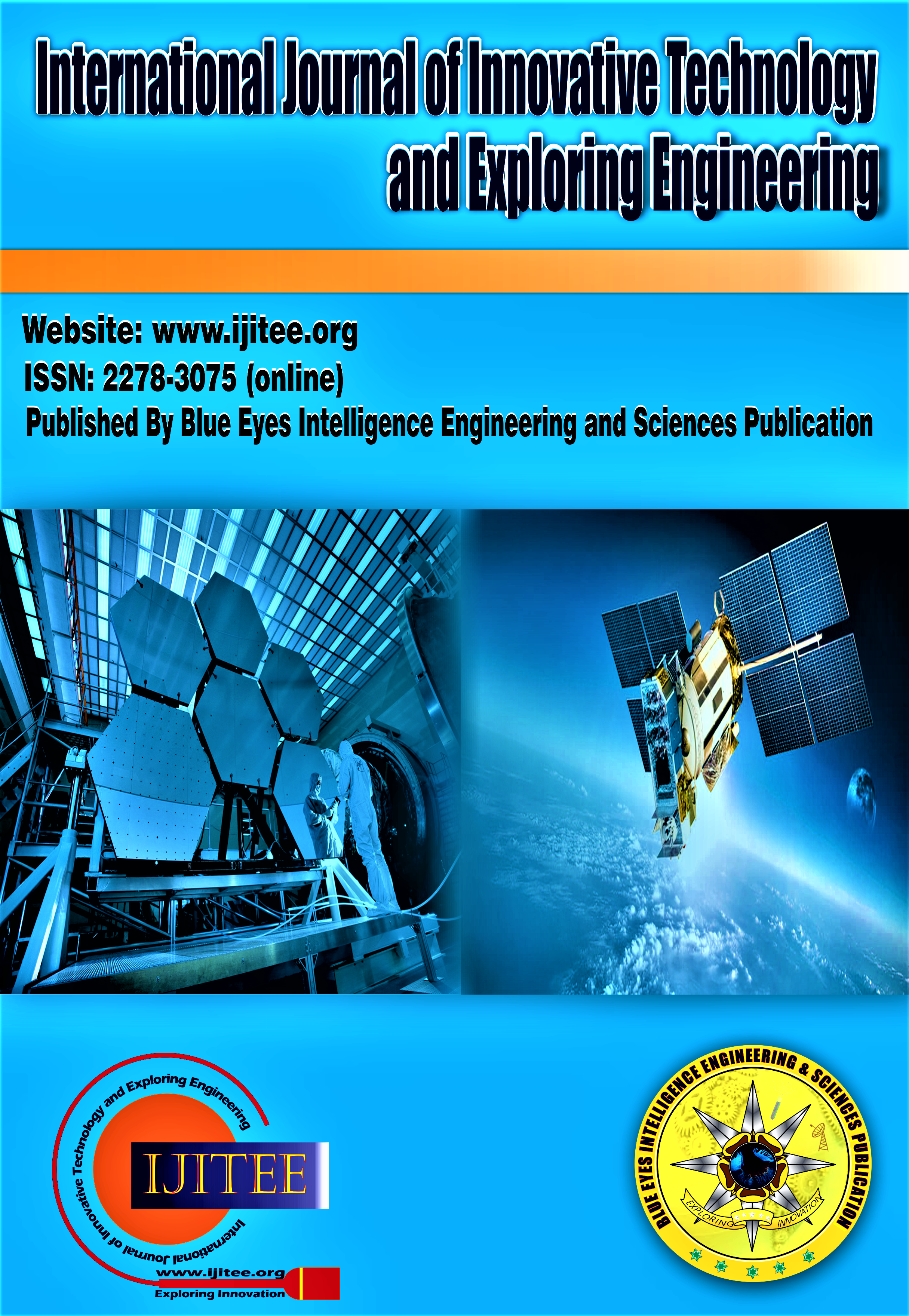Effect of Typha Australis Aggregate on the Mechanical Strength of Concrete
Main Article Content
Abstract
As part of this work, different dosages of Typha Australis aggregate, mixed with fine sand from the Chari River in the city of N'Djamena and cement, were used to formulate samples of Typha concrete that we characterized with a view to its use in construction. With this in mind, we carried out a particle size analysis of the sand. This allowed us to notice that the soil is purely sandy and has good characteristics for manufacturing concrete. The proportions of Typha used fluctuate between 0.5% and 5% in steps of 0.5. On the other hand, we produced sixty-six (66) prismatic samples (one for each scenario), measuring 4x4x16 cm, with Typha percentages ranging from 0.5% to 5% in increments of 0.5%, and control samples with no Typha additives for each scenario. We carried out two analysis scenarios. In the first scenario, S1, the ratio of cement to sand is 1/4, while in the second scenario, S2, the ratio of cement to sand is 1/3. The study focuses on the curing processes after 7 and 28 days. The results obtained showed that the Typha concrete studied possesses the required mechanical characteristics, making it a practical material for use in partitions and low-load-bearing structures with low heights. However, increasing the proportion of Typha decreases the mechanical characteristics, rendering the concrete less suitable for its intended purpose. The flexural test shows a strength of 1.05 MPa for the S1 series on the 7th day and 1.28 MPa for the S2 series on the 28th day. The compressive test indicates strength of 0.32 MPa for the S1 series on the 7th day and 0.33 MPa for the S2 series on the 28th day. The results indicate that incorporating Typha into the concrete develops a material suitable for use as wall infill.
Downloads
Article Details
Section

This work is licensed under a Creative Commons Attribution-NonCommercial-NoDerivatives 4.0 International License.
How to Cite
References
TAALLAH Bachir, “Étude du comportement physico-mécanique du bloc de terre comprimée avec fibres.” Thèse de doctorat université de Biskra, Algerie Dec 2014. http://thesis.univ-biskra.dz/id/eprint/1173
Abakar ALI, “Caracteristique Mécaniques et Thermiques de l’Argile Stabilisée par la Gomme Arabique et Renforcée par la Paille de Riz Thèse de doctorat,” Université de Lorraine, Nancy, 2018.
https://hal.univ-lorraine.fr/tel-01920664v1/document
PUND, “Transfert de Technologie: Production de Matériaux d’Isolation thermique à base de Typha au Sénégal, Mandat pour l’examen à mi-parcours PNUD-GEF - Formulaire standard 1 - UNDP Procurement Website,” 2016.
https://erc.undp.org/evaluation/documents/download/9804
G. Adama, D. Babacar, L. Elhadji Babacar, M. Moise, and N. Diène, “Caractérisation des Propriétés Mécaniques et Thermiques de matériaux à base de Ciment, de Typha Domingénis et d’Argile,” Journal de Physique de la SOAPHYS, vol. 3, no. 2, pp. 1–6, Nov. 2023,
DOI : http://dx.doi.org/10.46411/jpsoaphys.2023.015
P. Meukam, “Valorisation des briques de terre stabilisées en vue de l’isolation thermique de bâtiments,” Université de Yaoundé I, vol. 5, p. 10, 2004. https://www.pphmj.com/abstract/14776.htm
O. Abdelhakh, A. D. Mahamat, A. Abakar, and S. Gaye, “Mechanical and Water Characterisation of a Light Concrete Based on Typha Australis,” Asian Journal of Physical and Chemical Sciences, pp. 36–43, Jun. 2021, DOI : http://doi.org/10.9734/ajopacs/2021/v9i230134
A. Gaye, N. A. Sene, P. Balland, V. Sambou, and P. B. Gning, “Extraction and physicomechanical characterisation of Typha Australis fibres: Sensitivity to a location in the plant,” Journal of Natural Fibers, vol. 20, no. 1, p. 2164106, Apr. 2023,
DOI: http://doi.org/10.1080/15440478.2022.2164106
Azibert Oumar Abdelhakh, and al “ Effect of basalt on the mechanical and thermal behavior of a lightweight concrete based on Typha australis,” International Journal of Physical Sciences Vol. 19(1), pp. 12-17, January-March, 2024. DOI: http://doi.org/10.5897/IJPS2023.5058
A. S. Diaw, H. M. Bal, O. Diallo, M. B. Ndiaye, M. Wade, and S. Gaye, “Thermophysical Characterization of Typha’s Concrete for its Integration into Construction,” Journal of Building Construction and Planning Research, vol. 09, no. 01, pp. 56–65, 2021,
https://www.scirp.org/pdf/jbcpr_2021032515120344.pdf
E. Samin, PNEEB-TYPHA_Programme National de Réduction des Émissions des Gaz à Effet de Serre à travers l’Efficacité Energétique dans le secteur du Bâtiment - Projet de Production de matériaux d’isolation thermique à base de Typha_Rapport R&D_Final. 2017. DOI : http://doi.org/10.13140/RG.2.2.11015.06561
CIMAF, “Ciment de portland compose CEM II/B-LL 32,5R- NGA 197 - 1,” fiche technique 2022.
https://cimentsafrique.com/storage/projects/October2021/uy4dZWiSOg8bCvduKATH.pdf
NFCERIB,“PARTIE-2-Referentiel-NF-Blocs-en-beton-de-granulats-courants-et-legers,” 2023.
N. F. EN, “196-1. Méthodes D’essais des Ciments—Partie 1: Détermination des Résistances; AFNOR: Paris, France, 2016,” 2016.
https://www.boutique.afnor.org/Store/Preview/DisplayExtract?ProductID=57803&VersionID=6
S. M. Adama, J. O. S. Paul, O. Souleymane, and E. Edjikémé, “Physical and Mechanical Characteristics of Ash Concrete from Palm Nut Shells: Pozzolanic Effect,” Open Journal of Applied Sciences, vol. 12, no. 10, pp. 1595–1603, 2022,
https://www.scirp.org/pdf/ojapps_2022101714550562.pdf
J. Benharrous, F. Michel, and D. Pallix, “Mémento sur l’industrie française des roches ornementales et de construction Rapport final,” 2014. https://www.mineralinfo.fr/sites/default/files/documents/2021-03/ROC_rp-62417-fr_2014.pdf
NF EN 1926, “Méthodes d’essai des pierres naturelles : ‘Détermination de la résistance en compression uniaxiale,’” Apr. 2007.Disclaimer/Publisher’s https://www.boutique.afnor.org/Store/Preview/DisplayExtract?ProductID=29058&VersionID=6
B. Cluet and R. Pénot, “Valorisation énergétique du typha,” 2018. [Online]. Available: https://hal.univ-lorraine.fr/hal-01881048.





